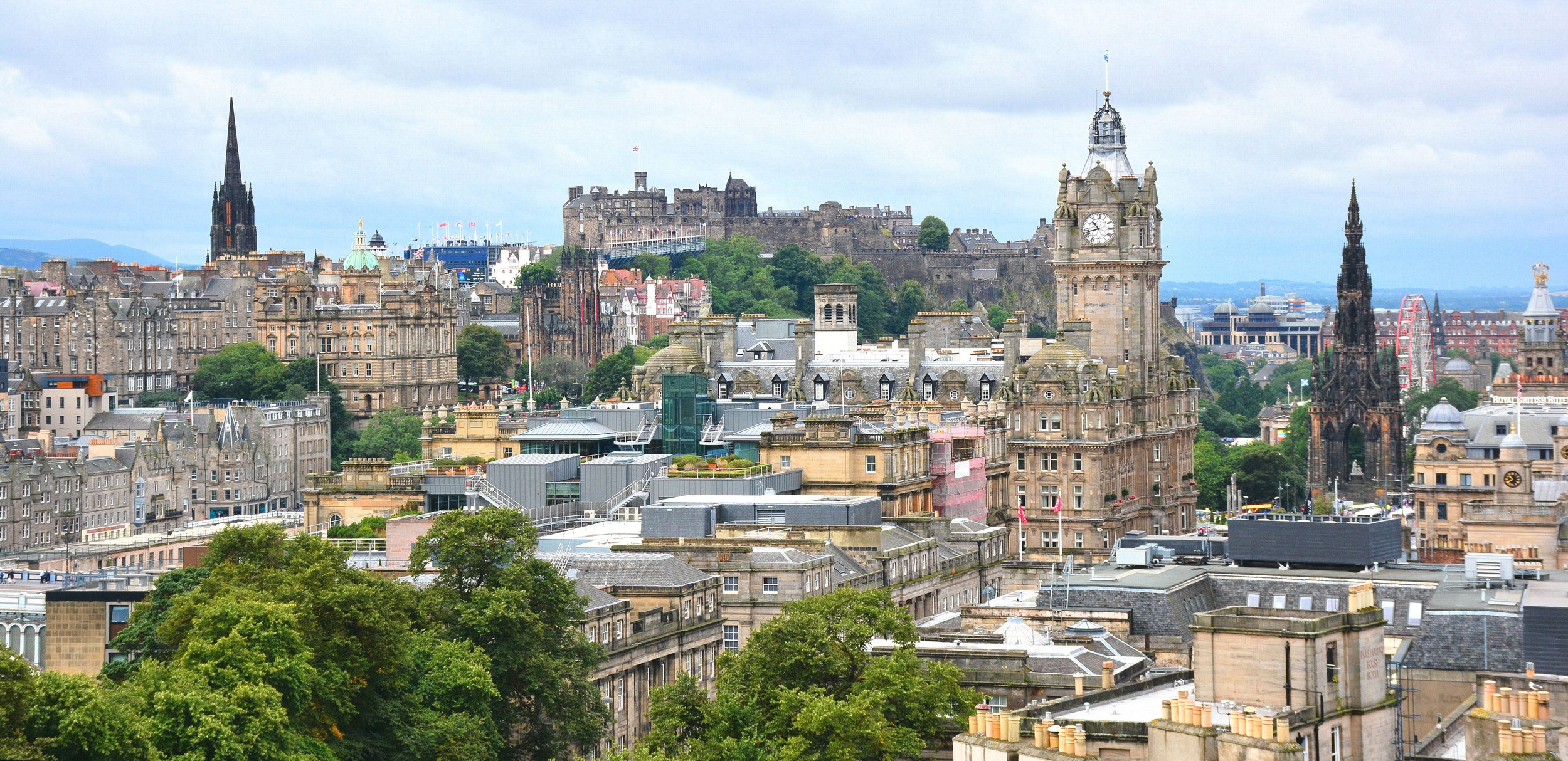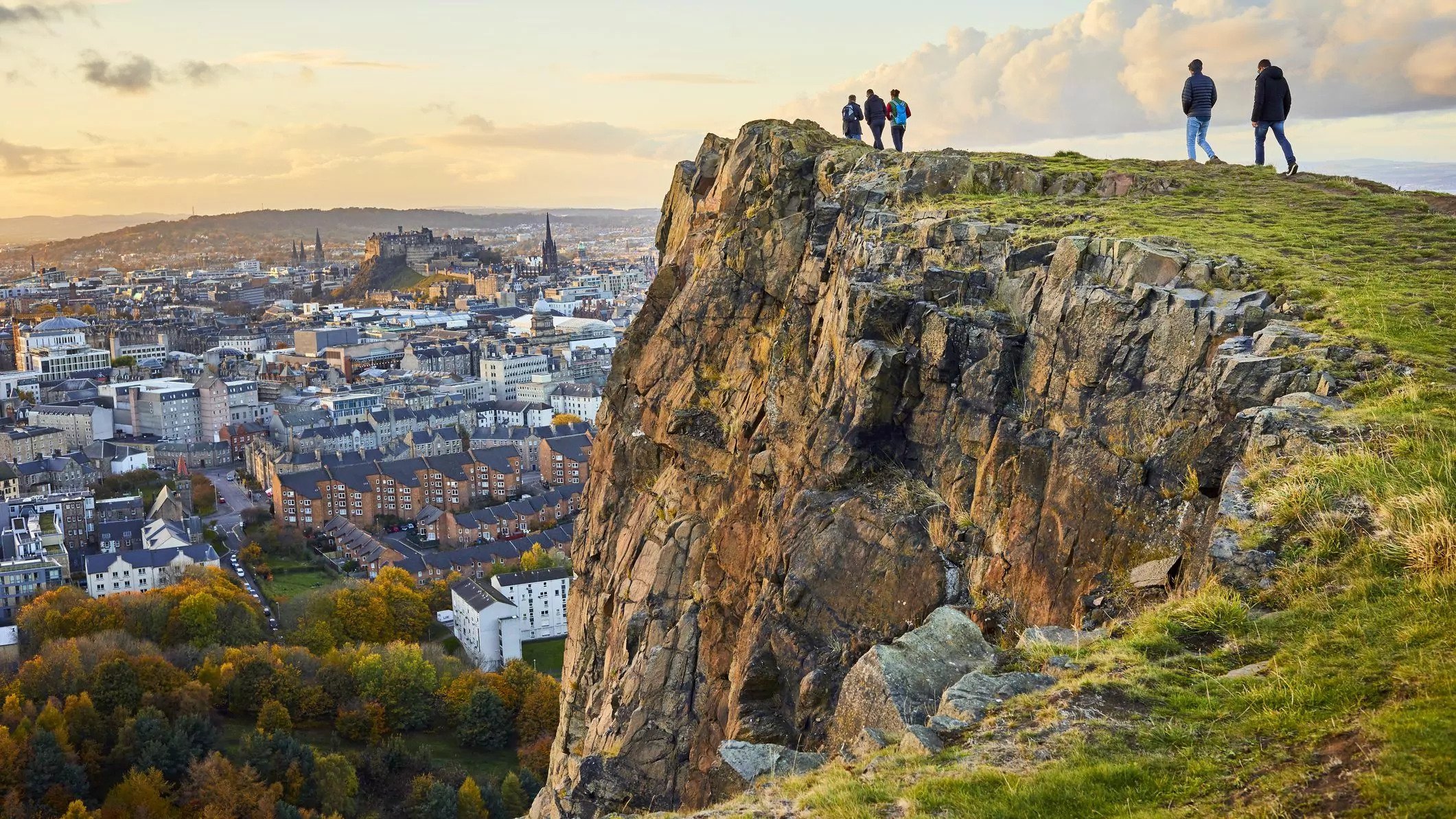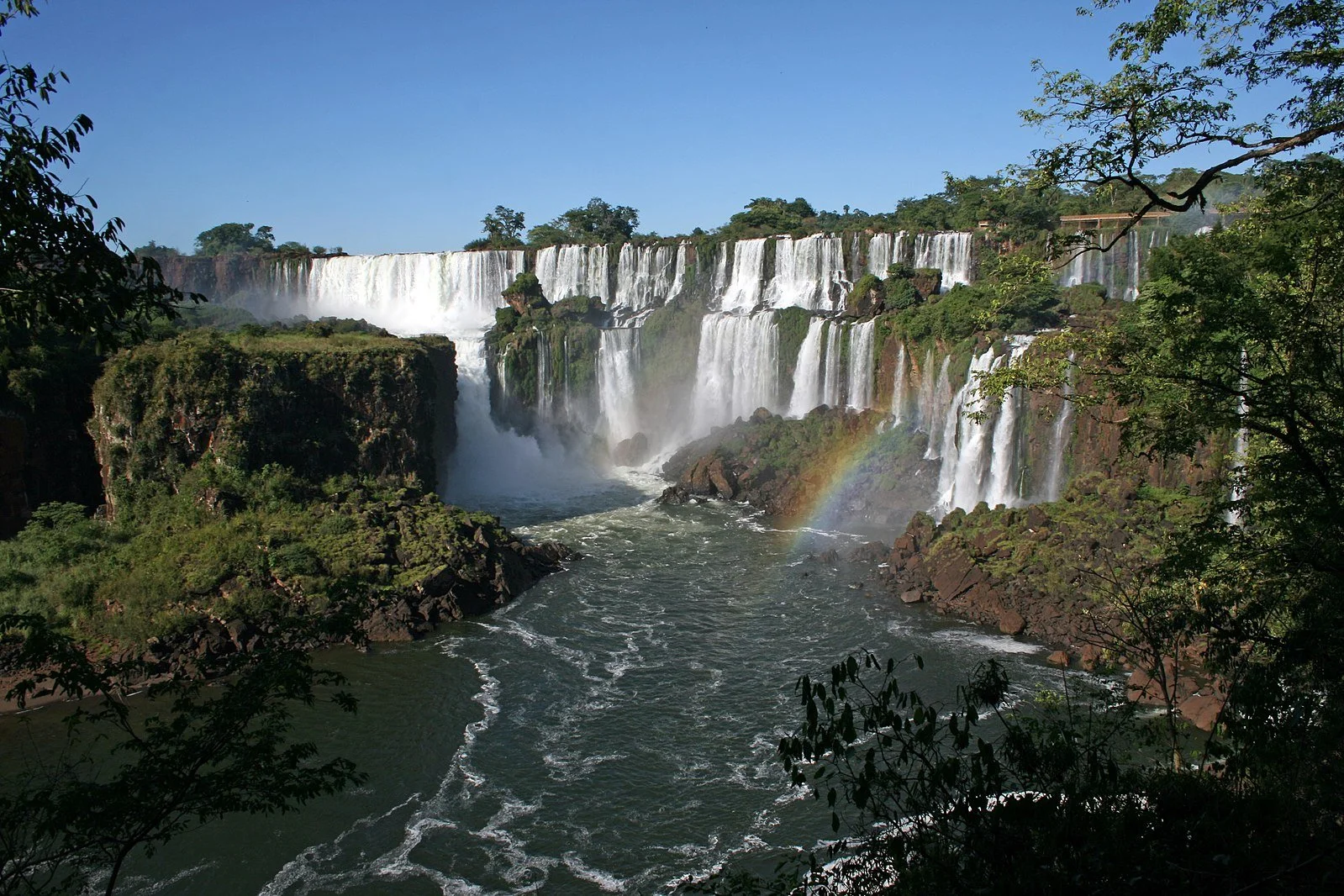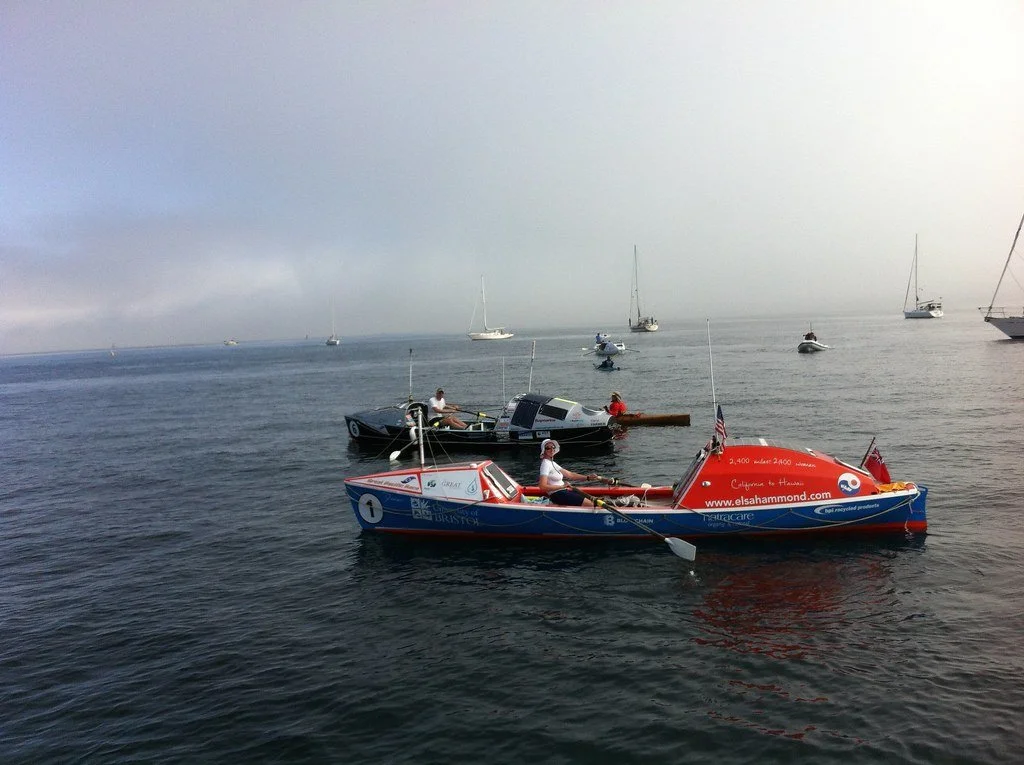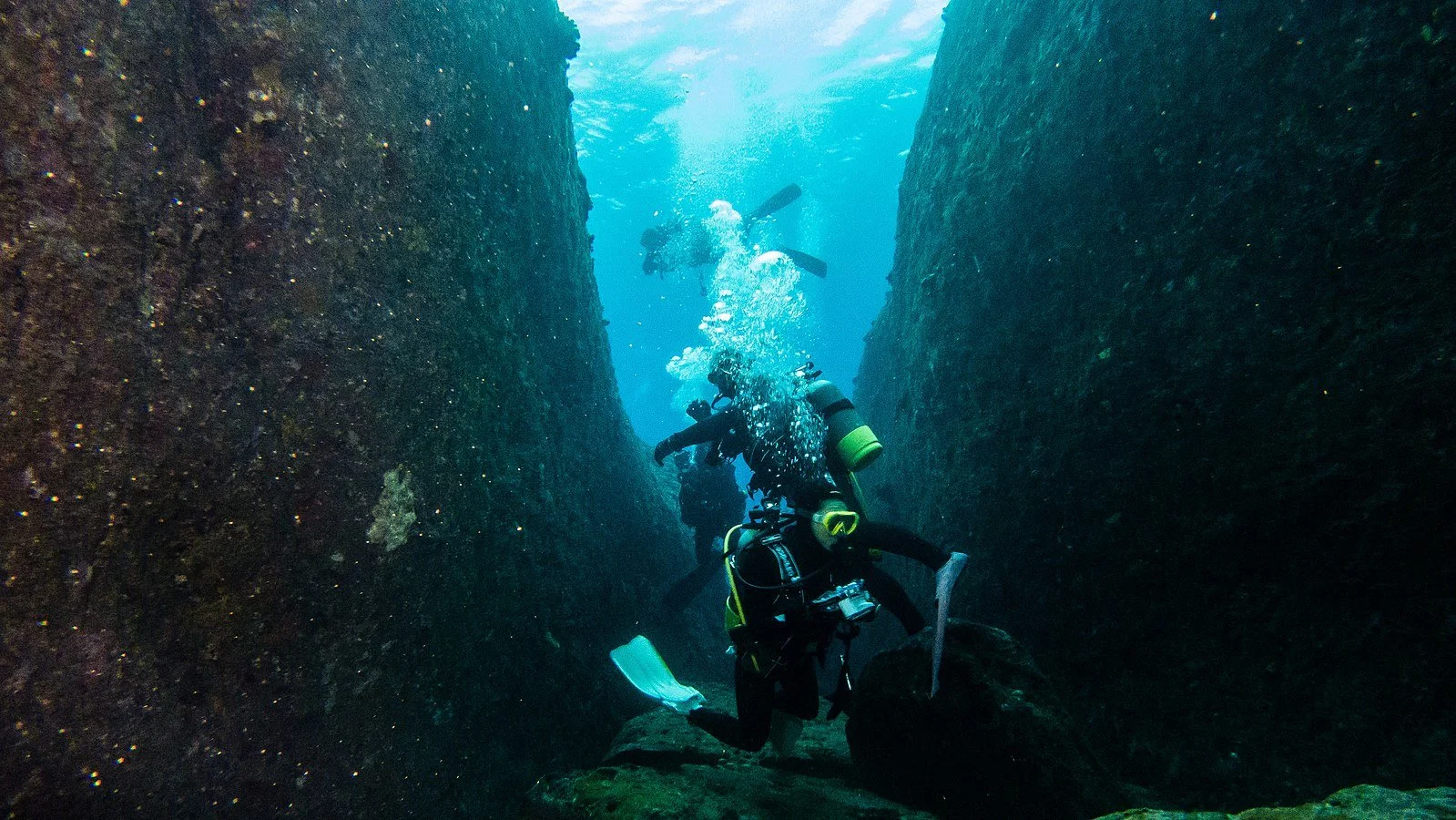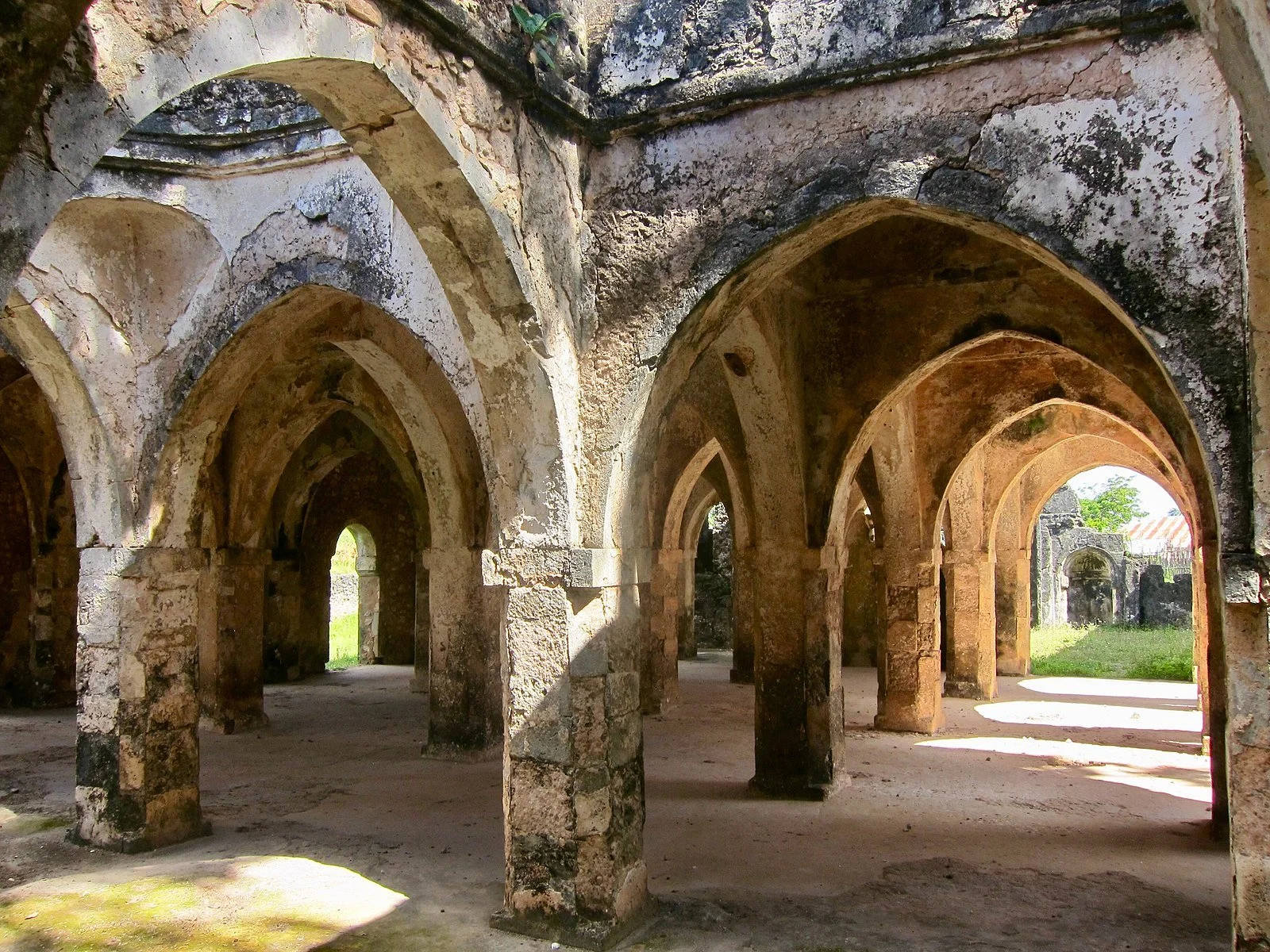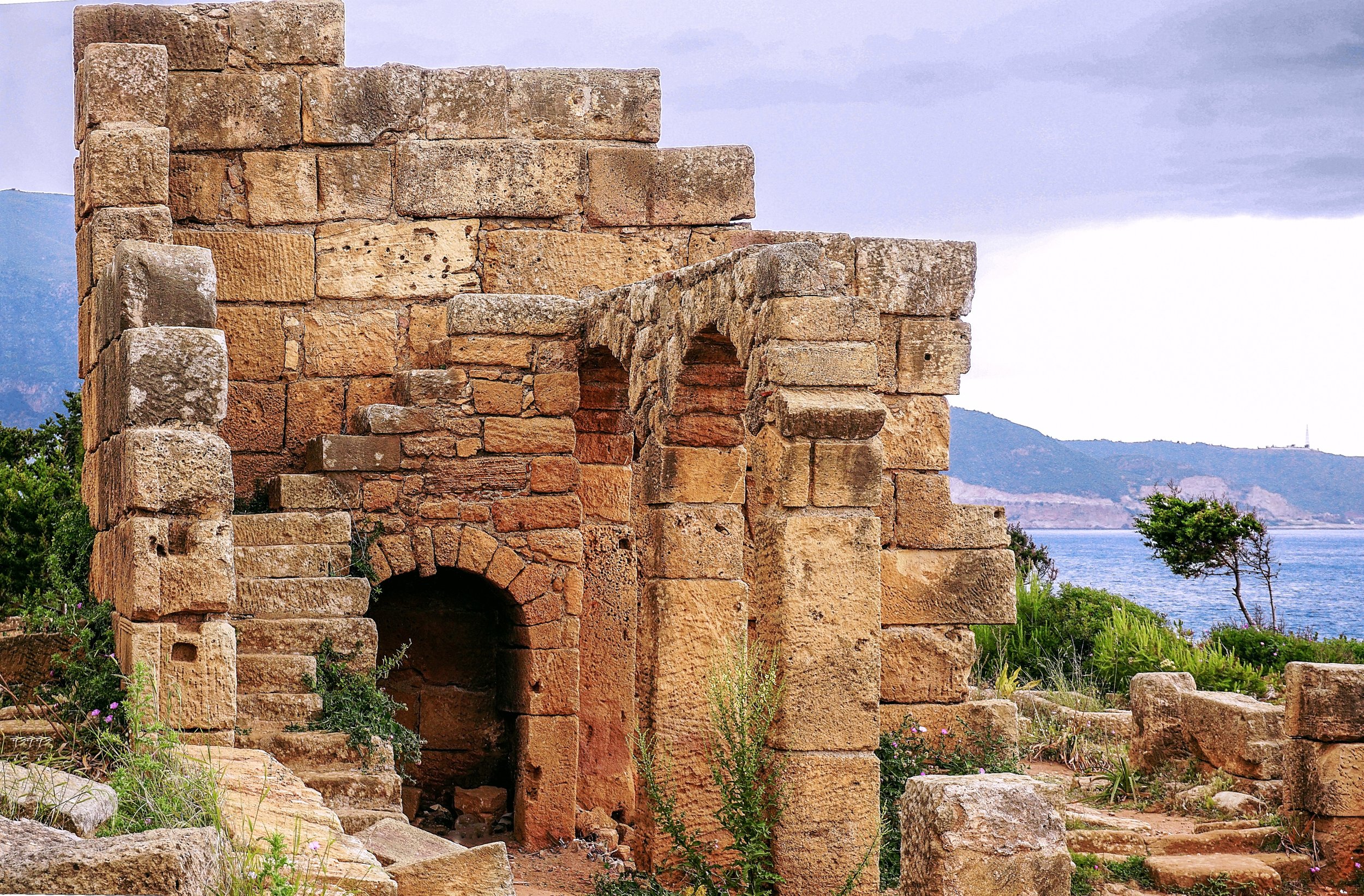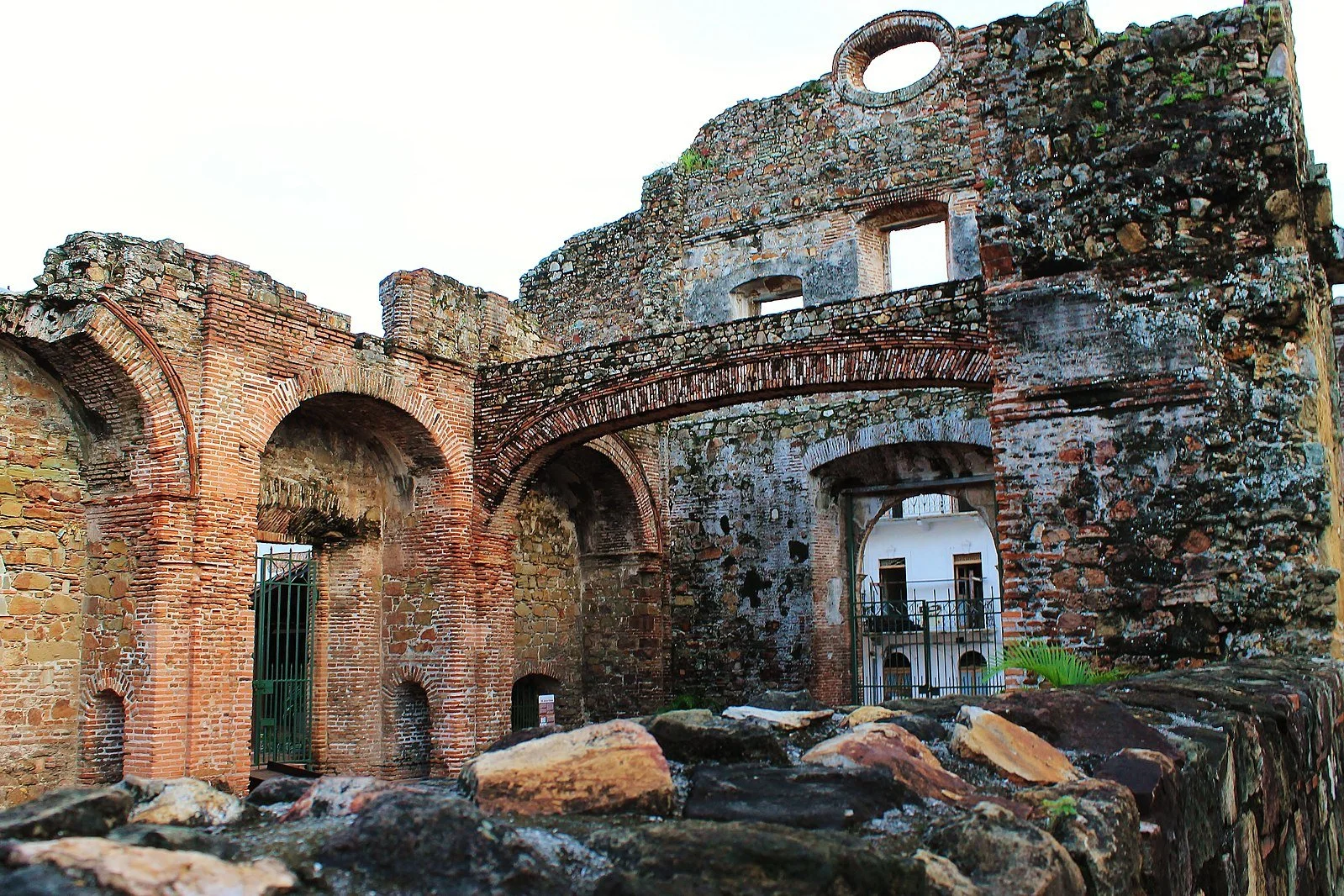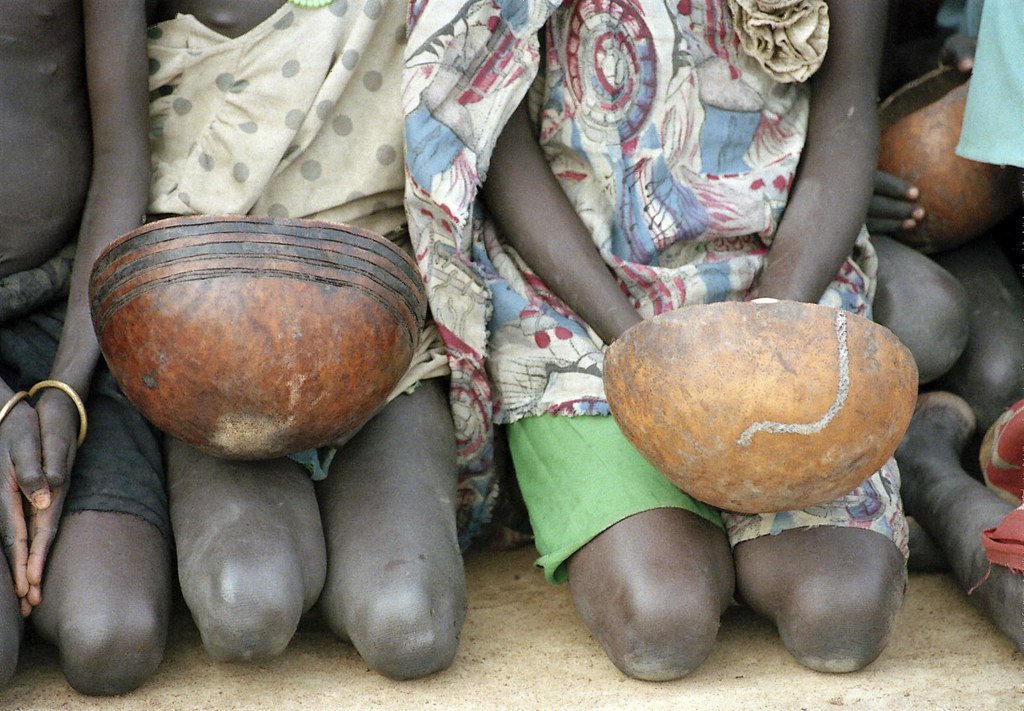From hiking up a volcano to ancient stone castles, a travel writer discovers the natural beauty and rich history of the Scottish capital
A view of Edinburgh’s skyline from Calton Hill. Mike McBey. CC BY 2.0.
Named TimeOut magazine’s best city in the world in 2022, Edinburgh is the perfect destination for those looking to experience the natural beauty and history of Scotland. Before visiting for myself, I knew very little about the city past its prestigious university, but I soon discovered how much more the city has to offer than the Loch Ness tours and Fringe Festival performances that initially came to mind. Edinburgh is located on the southeast coast of Scotland, just a 10 minute drive away from the North Sea. An ancient volcano which last erupted around 340 million years ago is responsible for the many volcanic rock formations surrounding the capital, one of which is now home to the city’s Old Town district.
Victoria Street is said to have been the inspiration for Diagon Alley in J.K. Rowling’s Harry Potter book series. Ralf Steinberger. CC BY 2.0.
Bird’s eye view shots of Edinburgh are often marked by a scattering of towering gothic constructions, but exploring the labyrinth of the Old Town was at the top of my list. In order to protect and preserve its impressive display of traditional British reformation-era buildings and rambling cobblestone streets, Edinburgh’s Old Town became a UNESCO World Heritage site in 1995. It stands in contrast to the city’s New Town in the north, which was constructed entirely in the Georgian style between the 1760s and the 1830s. The Old Town’s beautiful spread of architecture houses museums, galleries, ancient churches and shops, with Victoria Street being a favorite of mine because of its historic stone arches and colorful storefronts.
Exploring the area by foot is a must — I discovered countless hidden alleyways tucked between shops that led to smaller churches and hidden cloisters that were built hundreds of years ago. Spreading throughout the district, countless pubs make it a favorite among those looking to get a taste of Scotland’s national drink: whisky. Those under the age of 18, however, can happily enjoy the unofficial national drink of Irn Bru, a non-alcoholic soft drink first brewed according to a secret recipe back in 1901.
Edinburgh Castle sits at the very top of Castle Hill and looks out over the city from the West. Kim Traynor. CC BY-SA 2.0.
Perched on a volcanic rock outcrop sits Edinburgh Castle, with its ancient stone towers and turrets looking down over the Old Town. Fortunately, I booked tickets ahead of time and got to pass the huge crowds at the entrance, and visiting around midday when most people are stopping for lunch also allowed for a much more private exploration of the castle grounds. Depending on the part in question, sections of the castle date back to the 12th century, with newer additions being constructed by various monarchs over the next few centuries. I was able to get up close and personal with the Scottish Crown Jewels, and witnessed the daily firing of a cannon at 1 pm before touring the National War Museum, all set against the backdrop of Edinburgh’s eclectic skyline and the shoreline in the distance.
Holyrood Palace sits at the end of the Royal Mile and is the official Scottish residence of the British Monarch. Adam Fagen. CC BY-NC-SA 2.0.
Edinburgh’s other royal residence sits at the base of the ancient volcano responsible for the city’s unique geography. Still in use by the royal family today, Holyrood Palace was originally built by King James IV in 1503 upon his marriage into the British Monarchy. Very little remains of the original buildings as subsequent royals amended and added to the palace during their reigns. While generally open to the public year round barring royal visits to the Scottish capital, I chose to enjoy the palace’s facade from its visitor’s cafe, where a beautiful view of the Scottish Parliament building across the road can be seen. A short walk to the palace’s rear brought me to the entrance to a large park, which used to be part of the palace grounds but is now available for public use as well.
A view of Edinburgh from the top of Arthur’s Seat. Euan Marley. CC BY-NC-ND 2.0.
Surrounding the palace is Holyrood Park, home to the rocky spires of the Salisbury Crags and Arthur’s Seat, the remains of a now-dormant volcano. I made sure to familiarize myself with the various hiking trails to the volcano’s summit as signage within the actual park was very limited. Some of these routes were specifically for those looking to visit with their bikes, while others allowed for a much more leisurely stroll through the park’s meadows. The park also has a rich history: en route to the top of the 251 meter tall (roughly 823 feet) mountain lies the ruins of a medieval chapel and agricultural terraces from the Bronze Age. I came upon these sites by accident as they are not located along the main routes but are still easily accessible. Reaching the summit took just over half an hour, and the incredible 360 degree views of Edinburgh, and the surrounding towns were well worth the climb. A word of warning: despite visiting on a relatively warm and sunny day in the middle of the summer, the winds at the summit were still incredibly strong and should not be underestimated!
The National Monument is located at the top of Calton Hill. Culture Map. CC BY-NC 2.0.
For those looking for picturesque views of Edinburgh’s skyline without an hour long hike, Calton Hill is a perfect alternative. Also known as “Edinburgh’s Acropolis”, the 10 minute walk along a paved road to the top was significantly easier than the climb up Arthur’s Seat. Once at the top, I discovered the Collective Gallery, a contemporary art center that cycles through exhibits by local Scottish artists, as well as a luxury boutique restaurant with stunning views of the city. Also on the hill are the National and Nelson Monuments, the former being dedicated to Scottish soldiers who perished in the Napoleonic Wars. The monument was intended to be an exact replica of the Parthenon down to the exact dimensions of each block of stone. Unfortunately, the monument was only half finished when work stopped in 1829 and was never completed, though the part that stands today still forms an impressive and iconic part of Edinburgh’s skyline.
Nelson’s Monument stands in front of the Edinburgh skyline as seen from the top of Calton Hill. Andrew Colin. CC BY 2.0.
More than anything, I was surprised by how well Edinburgh was able to marry its incredible history with modern luxuries and infrastructure. It is a city of contrasts tucked in between rocky volcanic hills and the vast North sea, with Michelin-starred restaurants housed in old Georgian townhouses, and traditional tartan sold alongside extravagant cashmere. You can just as easily enjoy a plate of traditional haggis in an ultra-modern gastropub as you can take in a Shakespeare play in the newly renovated King’s Theater Dome. My visit, while only 3 days long, was jam packed with experiences unique to Edinburgh’s distinctive geography, history and culture. There is truly something to interest everyone and more, if you are willing to go off the beaten track and venture down an intriguing cobblestone alleyway or two.
Tanaya Vohra
Tanaya is an undergraduate student pursuing a major in Public Health at the University of Chicago. She's lived in Asia, Europe and North America and wants to share her love of travel and exploring new cultures through her writing.

